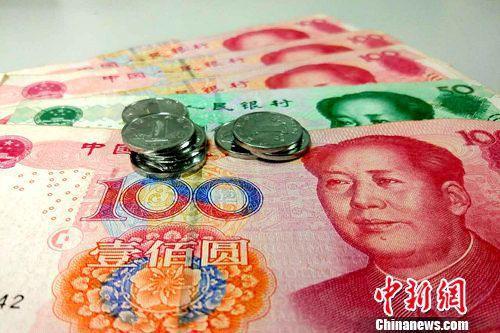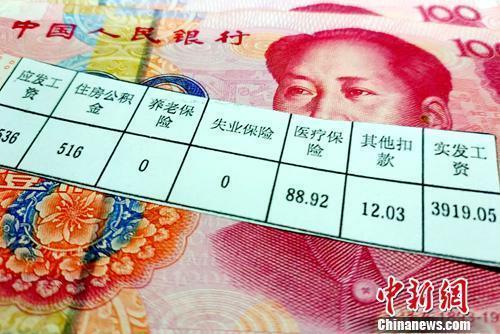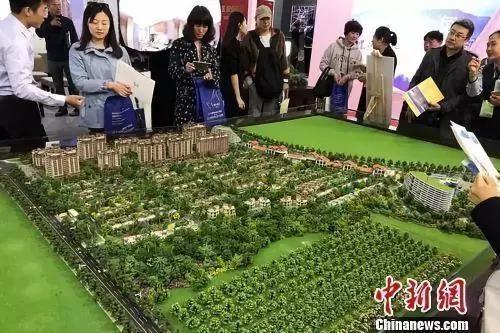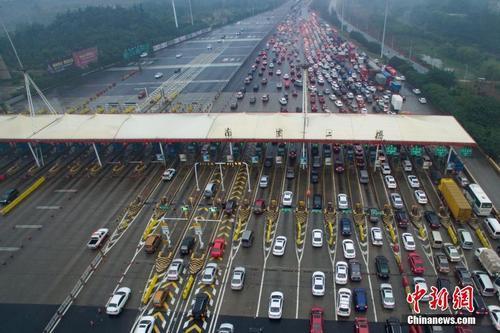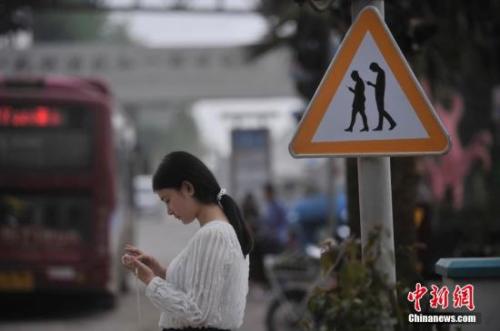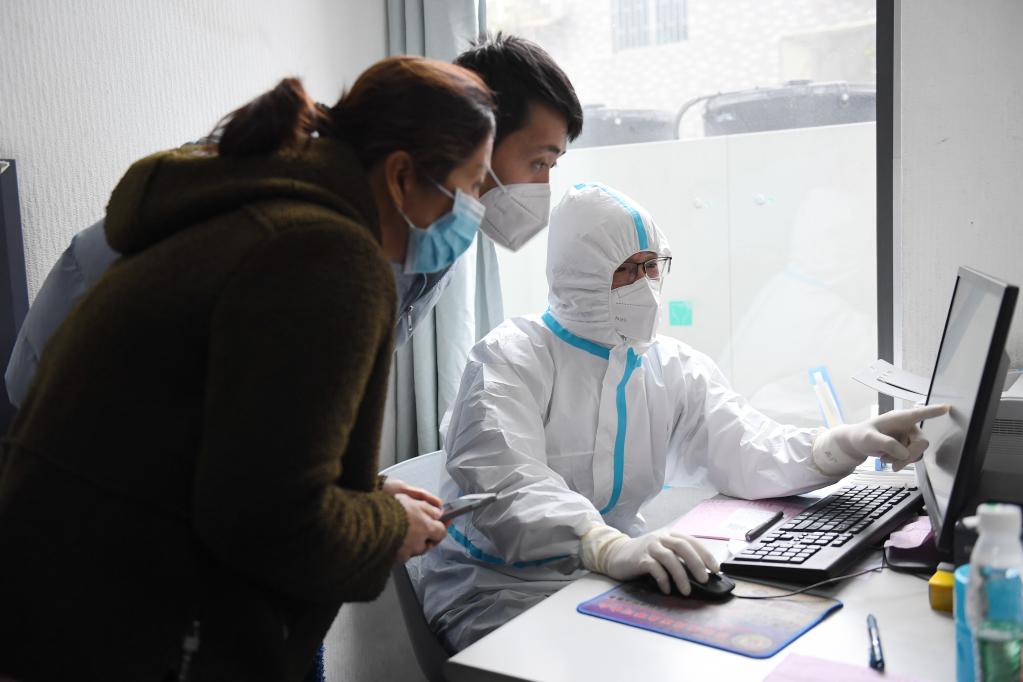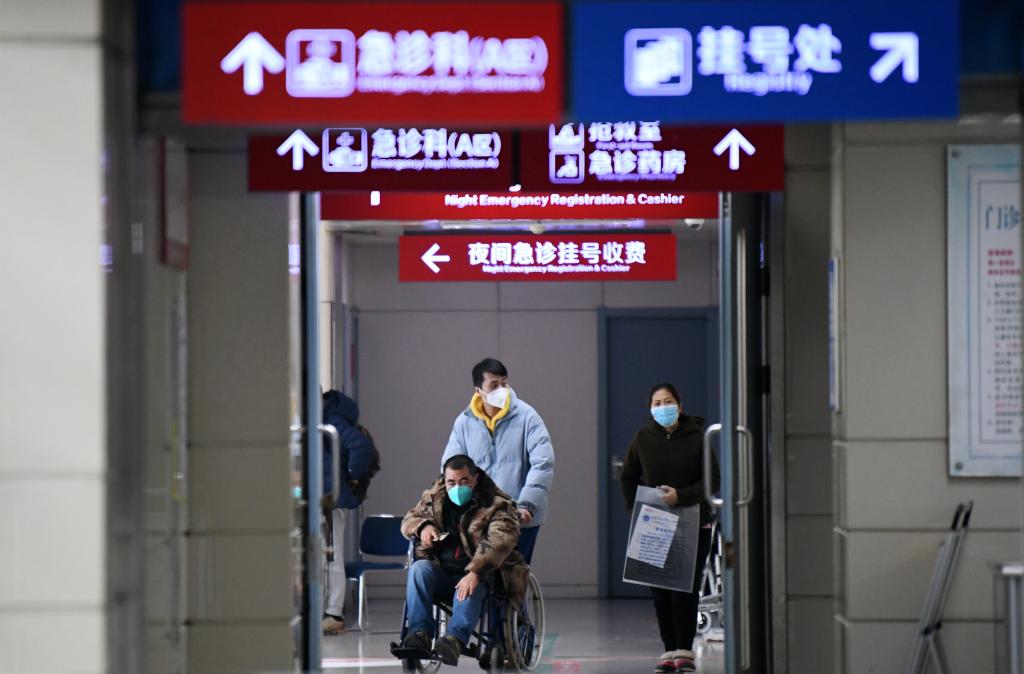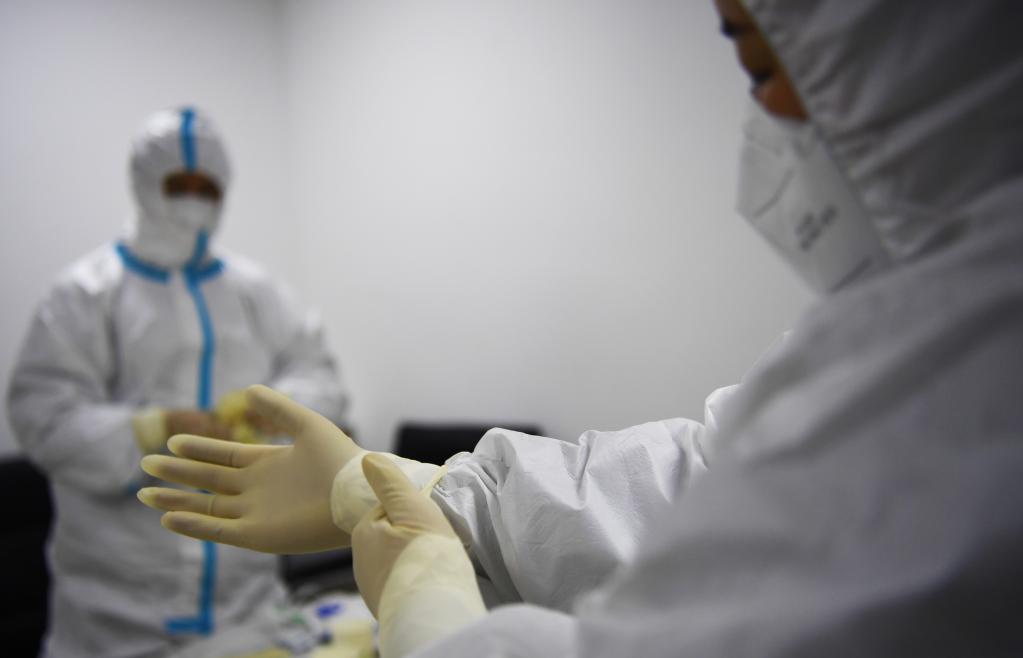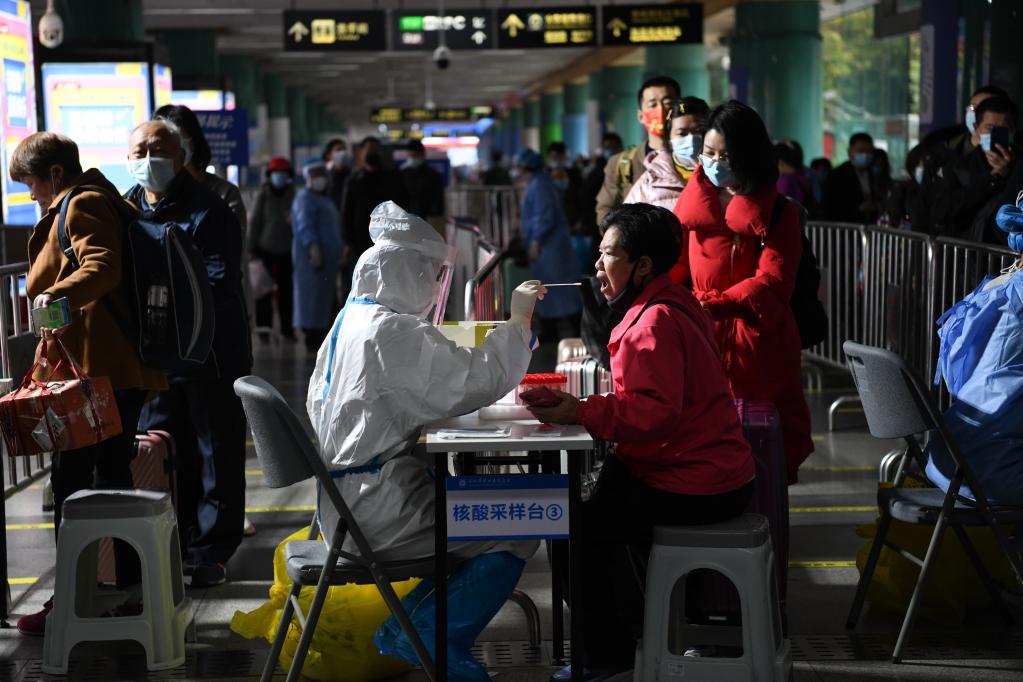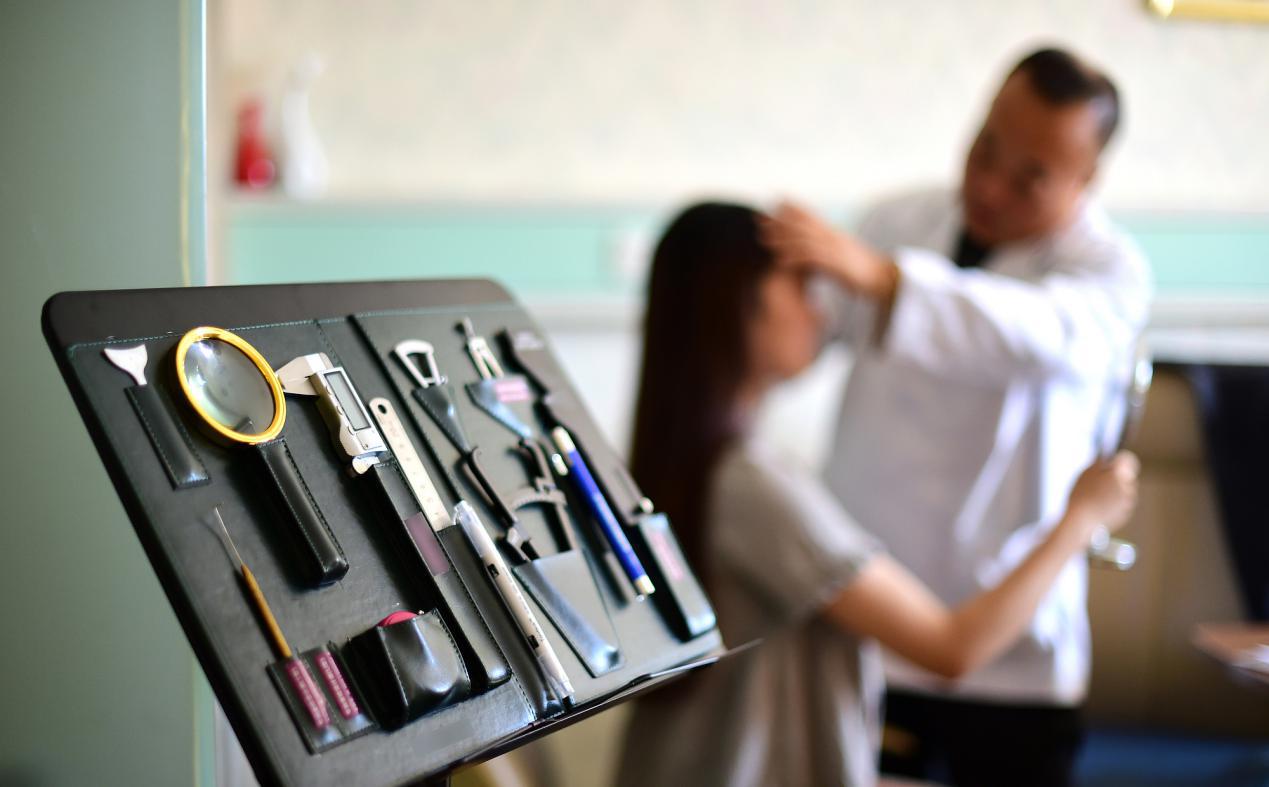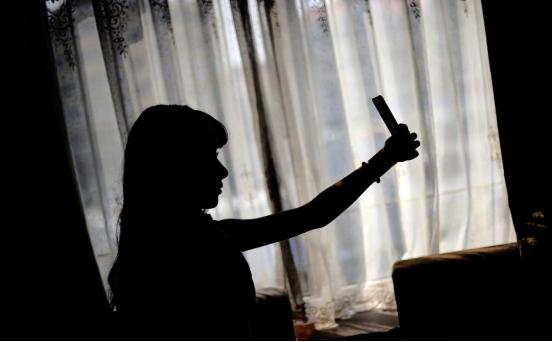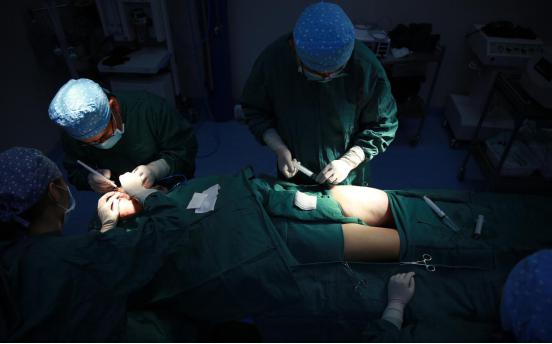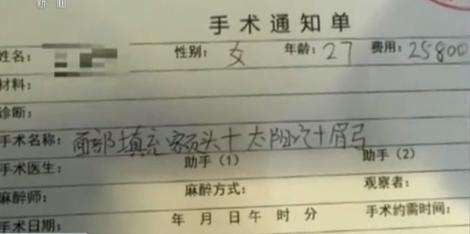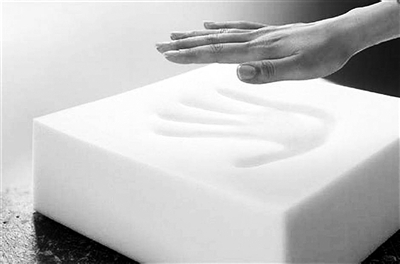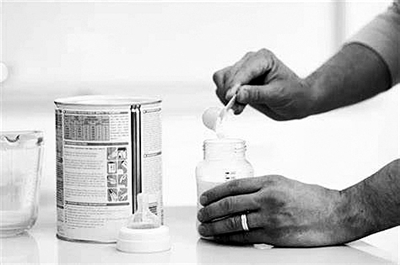Taking stock of the rational anti-Japanese demonstrations across the country in 2012
Around "September 18th" last year, massive anti-Japanese demonstrations broke out all over the country. Observer Network helps you to review last year’s demonstrations.
On September 18th, demonstrations broke out in many mainland cities such as Guangzhou, Shenzhen, Nanjing, Changsha, Qingdao, Hangzhou, Xi ‘an and Dali, Yunnan. In Dongguan, Changsha, Qingdao and other cities, incidents such as confrontation between the police and the people and arson once occurred. The Japan Broadcasting Association said that there were anti-Japanese demonstrations in at least 52 cities. Kyodo News estimated that as many as 70,000 people took part in the demonstrations, which was the largest anti-Japanese demonstration among Japanese people since the normalization of diplomatic relations between China and China in 1972. NHK said that anti-Japanese demonstrations broke out in more than 100 cities a few days before September 18th last year.

On September 15, 2012, in front of the Japanese Embassy in China, a girl wiped the egg residue on the helmet for the armed police.

On September 18th, an anti-Japanese demonstration took place in Beijing. An old Beijing man surnamed Ma, who lives in the northeast of his hometown, picked up garbage during the demonstration, saying that "if you see too much garbage, you should pick it up", and the police on the side also came forward to help.

On September 16, at the scene of the anti-Japanese demonstration in Xiamen, the citizens covered the logo of the coming Nissan car with the China flag to let the owner drive away safely.


On September 16th, an anti-Japanese demonstration took place in front of the Japanese Embassy in Beijing.



On September 16th, an anti-Japanese demonstration took place in Chengdu.
Turn the page to see the scene map of the parade around.


On September 16th, Hong Kong staged an anti-Japanese demonstration.



On September 16th, an anti-Japanese demonstration took place in front of the Japanese Embassy in Beijing.


On September 16, a water bottle was thrown by protesters in front of the Japanese Embassy in Beijing.
The argument of nationalization of Diaoyu Island was first thrown by Japanese right-wing forces, and Shintaro Ishihara, as a key figure, played a key role in this farce. Japanese Prime Minister Noda Yoshihiko also publicly expressed his support and joined. The theory of purchasing islands directly led to the sharp deterioration of Sino-Japanese relations. On the morning of September 10, 2012, the Japanese government held a cabinet meeting and decided to "nationalize" Diaoyu Island, North Island and South Island with 2.05 billion yen from the so-called "land owners". On September 11th, we signed a "sales contract" with the so-called "landowner" of Diaoyu Island.
There were more than 10,000 participants in the anti-Japanese demonstrations in Guangzhou, and the procession broke into the building area where the Japanese Consulate General was located. More than 10,000 people took part in the parade in Shenzhen. Since the Diaoyu Islands were "nationalized" on September 11th, 2013, demonstrations in Beijing and Shanghai have lasted for more than six days.

On September 16, Shenzhen, the scene of the anti-Japanese demonstration.

On September 16, a large-scale anti-Japanese demonstration was held in Shenzhen, and the armed police maintained order at the scene.

"One billion young people and one billion soldiers, the national humiliation is not for children and grandchildren."


On September 16, Shanghai, the scene of the anti-Japanese demonstration.

On September 16, near the Japanese Consulate in Shanghai, a policeman tried to put out the flame of the Japanese flag lit by protesters.

On September 16th, Quanzhou, the scene of the anti-Japanese demonstration.

On September 16th, an anti-Japanese demonstration was held in Foshan, Guangdong.
Turn the page to see more reviews of anti-Japanese demonstrations.

On September 16th, an anti-Japanese demonstration took place in Guangzhou — — On the road in front of the Garden Hotel, a boy silently picked up the rubbish left by passers-by.

On September 16, a girl holding a slogan outside the Japanese Embassy in China, Beijing.

A citizen of Xi ‘an stood at the intersection with a card to remind the public that "the Japanese car will turn around when it hits the car ahead".

On September 16th, during the anti-Japanese demonstration in Guangzhou, a woman leaned over and put the flowers that had been pushed to the ground back into the flower bed.
By 12: 00 on September 16th, 2012, there were more than 44 million Weibo articles about Diaoyu Island on Sina Weibo alone. Faced with the tide of public opinion on the Internet and on the streets, Weibo, an official of local government information offices and public security system, voiced their voices one after another, calling on citizens to express their patriotic demands peacefully and rationally according to law, and said that they would seriously deal with illegal and criminal acts that took the opportunity to make trouble.

On September 16th, an anti-Japanese demonstration was held in Guangzhou.

On September 16th, an anti-Japanese demonstration was held in Huizhou, Guangdong.

On September 16th, at the scene of the anti-Japanese demonstration in Wanzhou, "Wan Li’s Great Wall has one billion soldiers, and the more Mayangyao entered Tokyo".

On September 16th, Fuzhou, Fujian Agriculture and Forestry University, the "Diaoyu Island" sign was erected in the school pond.

On September 16, Hangzhou, the scene of the anti-Japanese demonstration.
On September 10th, 2013, eight Chinese Marine Police formations, including 2350, 1115, 1126, 2112, 2113, 2146, 2506 and 2151, cruised in the territorial waters of the Diaoyu Islands. This is the eighth time that China Marine Police has organized a fleet of ships to cruise in the territorial waters of Diaoyu Island since the reorganization of the State Oceanic Administration and the enforcement of maritime rights protection in the name of China Marine Police.
According to the data released by the State Oceanic Administration of China on the 10th, since the Japanese government announced the nationalization of the Diaoyu Islands in September last year, China’s law enforcement vessels have patrolled around the Diaoyu Islands for 59 times, with one joint air and sea cruise in the territorial waters of the Diaoyu Islands. The longest continuous cruise in the territorial waters is 28 hours and 36 minutes, and the nearest distance is 0.28 nautical miles.


On September 16th, an anti-Japanese demonstration took place in Chengdu.
(Comprehensive news from China Youth Network, Netease, Phoenix Network, etc.)
